Research Subjects
| Basic studies | Ultrasonic waves are sounds that vibrate at high frequencies inaudible to the human ear. We have discovered that ultrasound pressure induces electrical polarization in various fibrous biological tissues such as bone, Achilles tendon, aortic wall, and aortic valve. It has also been found that piezoelectricity is small in non-fibrous tissues such as adipose tissue and myocardium. These results suggest that fibrous tissues composed mainly of collagen and elastin have relatively large piezoelectricity, and we are pursuing its relevance to biochemical functions and its potential for medical diagnosis. On the other hand, we are also interested in the detection and control of neural activity by ultrasound.
Nature Research Highlights: The body electric: soft tissue makes electricity under stress. APS Physics: Soft Biological Tissues Can Be Piezoelectric. K. Ikushima et al., Phys. Rev. Lett. 123, 238101 (2019). 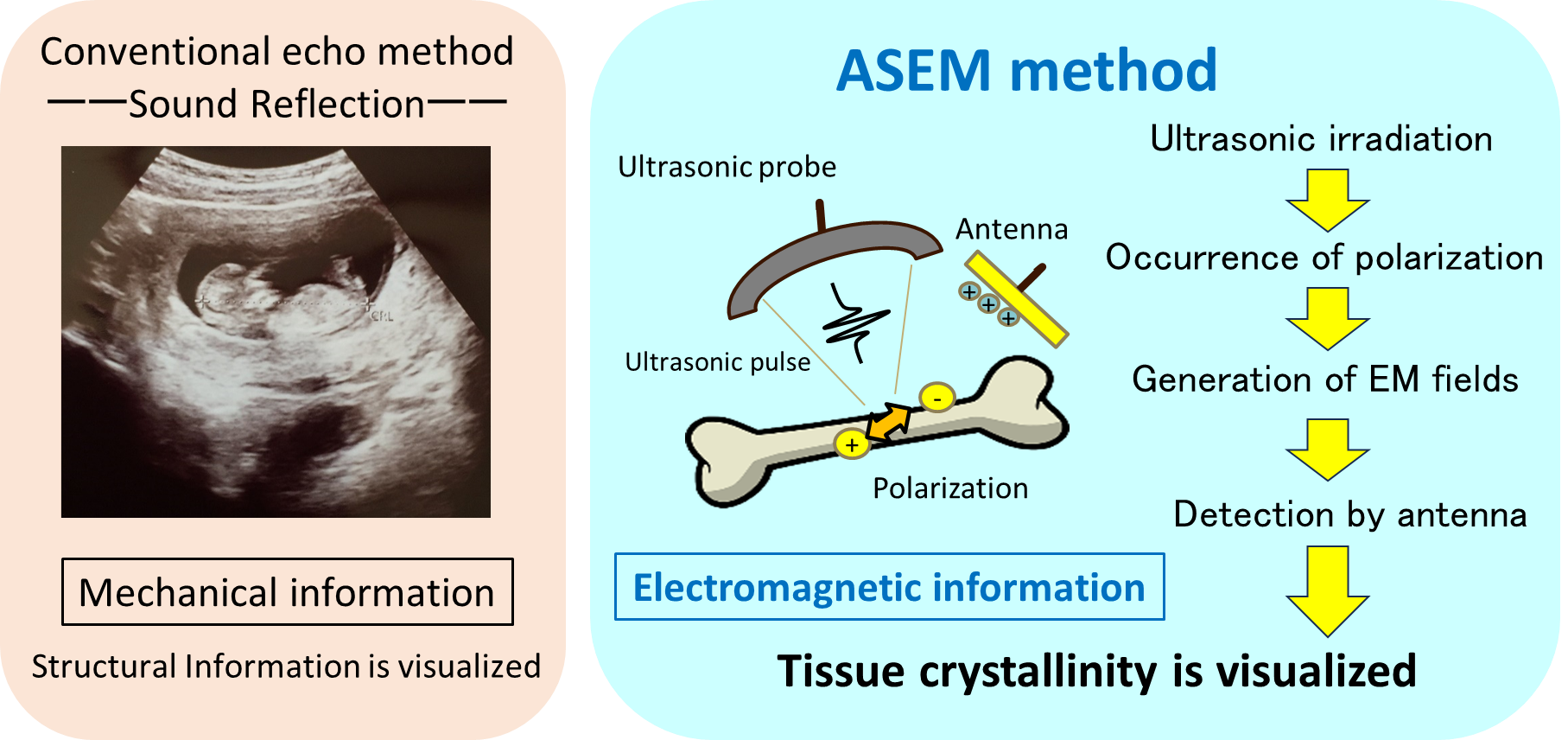
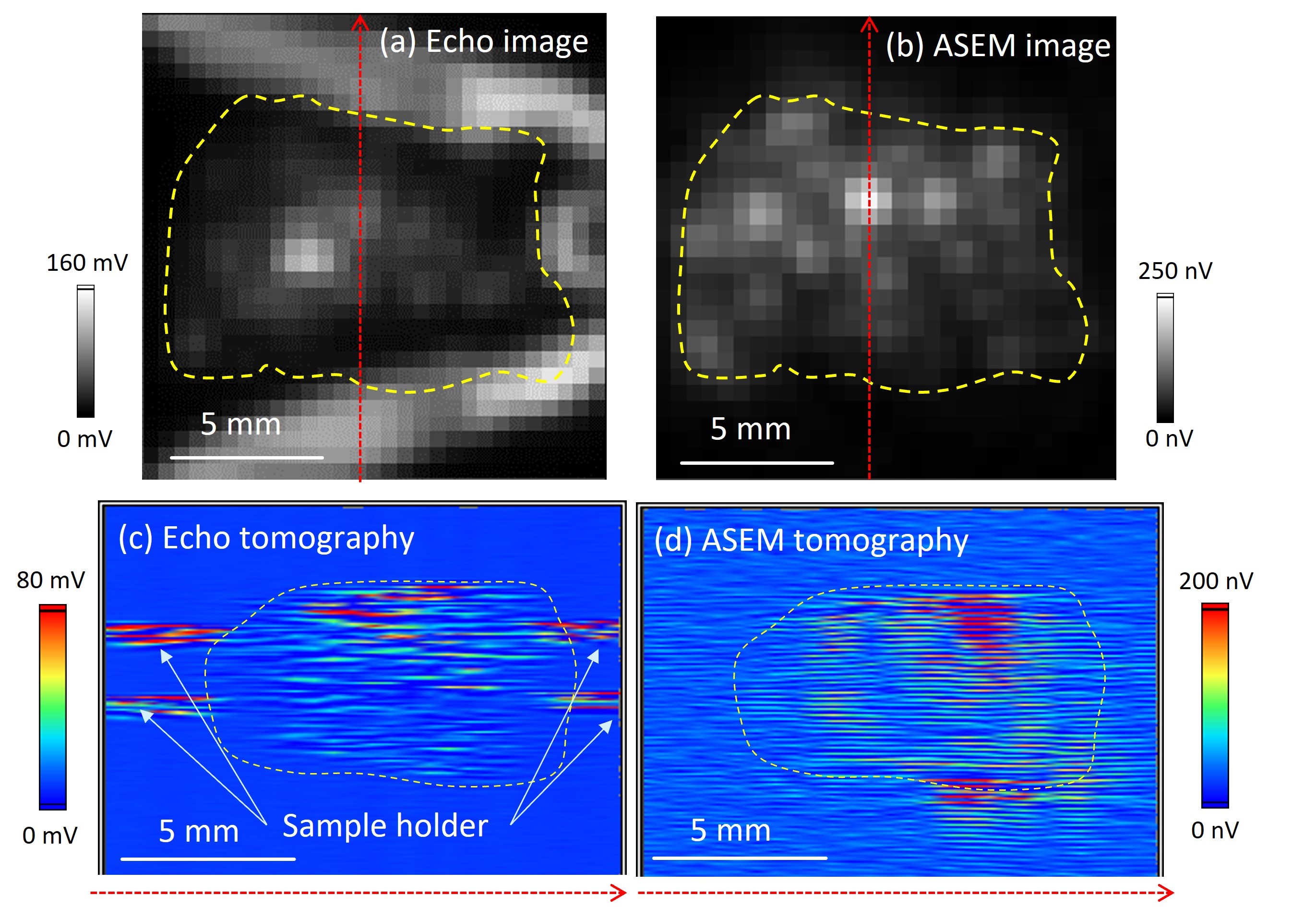
(Light) Comparison between Echo and ASEM methods. (Right) Imaging of acoustically induced electric polarization in tendon. |
|---|---|
| Tendon/ligament injury and osteoporosis | In the super-aging society, it is an urgent issue to shorten the period of needing support and care as much as possible. One of the most important factors leading to the need for nursing care and support is the impairment of the locomotor system due to "joint diseases" and "fractures and falls". The purpose of this study is to establish a technique to diagnose the "quality" (fiber orientation) of the locomotor organs using a new method using ultrasound - the Acoustic Induced Electromagnetic Method (ASEM) - which is safe and can be repeated. The goal is to establish a technology for diagnosing the "quality" (fiber orientation) of motor organs using the ASEM method. The realization of this diagnostic technology is expected to promote the spread of an effective cycle of prevention, diagnosis (checkup), and treatment of athletic organs, thereby contributing to the extension of healthy life expectancy and the construction of a vibrant future society.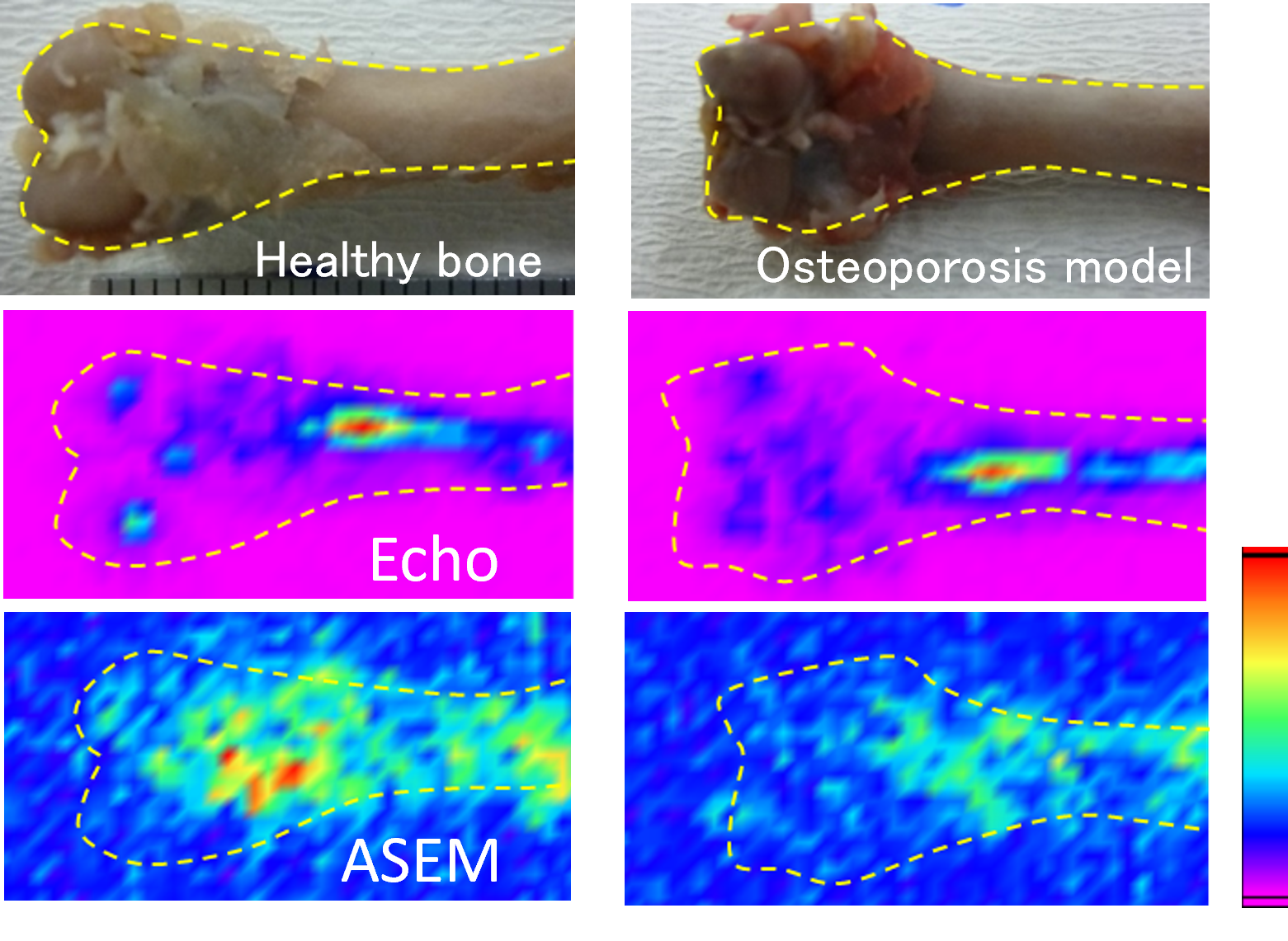
Imaging of acoustically induced electric polarization in healthy bone and osteoprosis model Acoustically induced electric polarization depends on the degree of fiber orientation. The electric polarization strongly depends on the applied tensile stress. We aim to use this phenomena to prevention and diagnosis of tendon and ligament injuries. Osteoporosis: We also develop a sensing method to evaluate the "bone quality" caused by collagen fibers that occupy half the volume of bone. |
| Fibrosis | Chronic kidney disease: It is estimated that more than 10 million people in Japan (1 in 8 adults) suffer from kidney diseases such as chronic kidney failure. In severe cases, dialysis treatment or kidney transplantation is necessary. It is also known that even mild cases may lead to life-threatening diseases such as myocardial infarction and stroke. We have begun to develop a technology to detect collagen accumulation in chronic kidney disease. Chronic myocardial infarction: When the aorta is clogged, ischemia causes necrosis of myocardial cells. In myocardial infarction, collagen accumulation occurs to fill the remains of those necrotic cells, and the heart becomes fibrotic. Fibrosis may also occur even in non-ischemic heart disease. We are currently promoting the development of medical devices to realize the diagnosis of myocardial degeneration (fibrosis) in various cardiac diseases. 
Imaging of acoustically induced electric polarization in normal kidney (left) and failure model (right). |
| 3D cell culture | The development of technologies for artificially culturing cells in three dimensions is gaining momentum. In this research, we are developing new evaluation methods for collagen accumulation and cancer cell detection inside 3D cellular tissues.
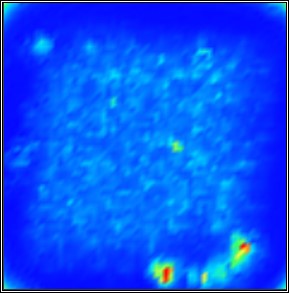
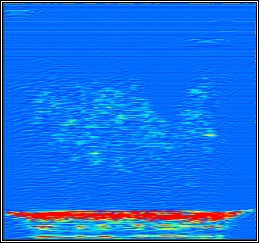
Echo imaging of 3D cell cultures |
| Food inspection | In the semi-thawed state, in which ice and water are mixed, the temperature hardly changes due to the latent heat of the water. Therefore, it is difficult to evaluate the temperature with a temperature sensor.
Focusing on the frequency band where the dielectric constants of water and ice differ greatly, we have developed a technology for non-contact, nondestructive inspection of the frozen, semi-thawed, and thawed states of fish. This technology has the potential to be used not only for improving food safety, flavor, and processing efficiency, but also for freezing and thawing technology in the medical field.

Development of 100% inspection technique in freezing and thawing processes of foods. |
